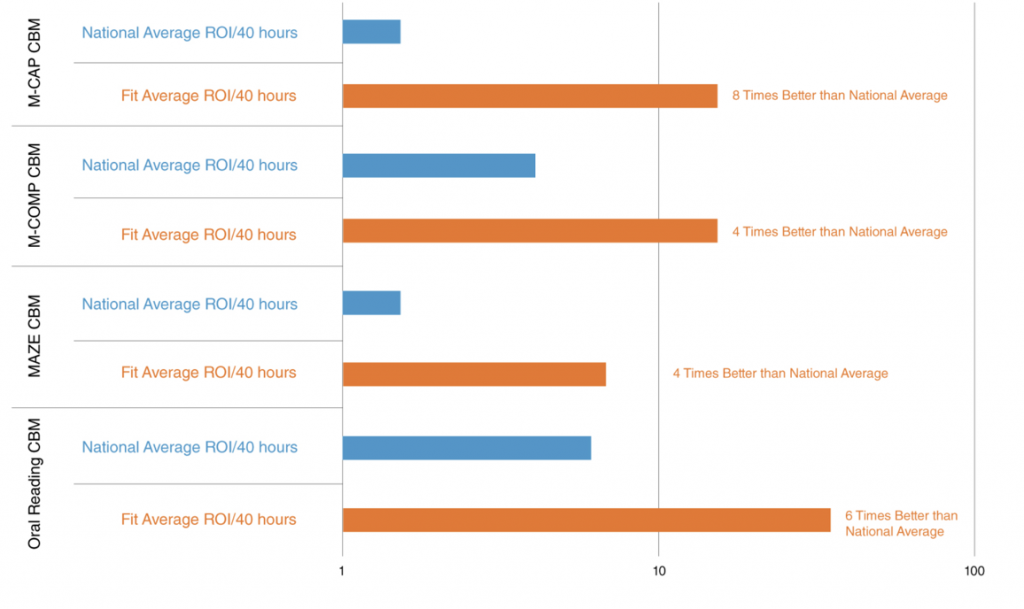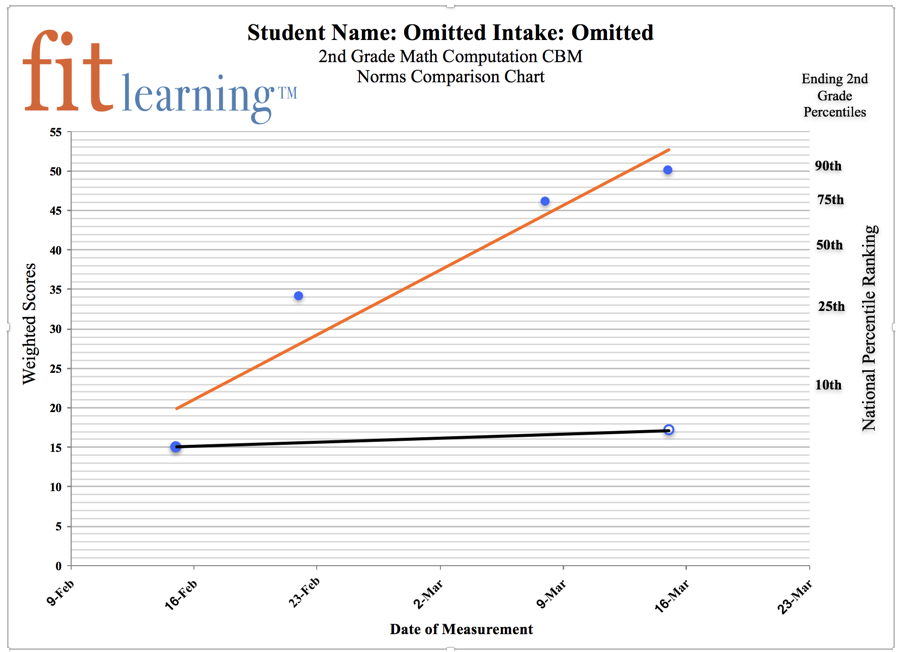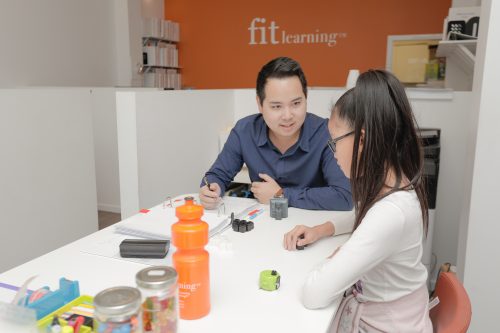1-2 years’ growth in 40 hours
How our outcome data justifies our claim
“1-2 years’ growth in as little as 40 hours” –
It is a statement that is presented frequently on our website, in our
brochures, and in our presentations. You may wonder how we can support such a
statement, and how learning growth can be measured in years. This is where the
administration of our standardised testing, aimsweb®
CBMs are used.
Pearson’s aimsweb® CBMs (Curriculum Based Measured) are a group of standardised tests that are administered weekly at Fit Learning, and are a perfect tool to measure achievement in reading and maths, including reading rate, reading comprehension, spelling, math computation, and math concepts application. The tests are a perfect tool for several reasons:
- CBM tests can be administered in under 8 minutes for math CBMs, and between 2-3 minutes for reading, comprehension, and spelling, and are shown to provide accurate predictions of reading and math achievements.
- The tests have over 30 years of empirical validation with respect to its validity and reliability in evaluating the academic progress of students throughout a school year
- Each test is different, ensuring practise effects on retesting are reduced
The result? Because CBMs are sensitive to detect change, the progress our students make from effective instruction is accurately measured, allowing us to compare them to thousands of other students from the grades of Kindergarten to Grade 12. As displayed below, the figure displays rate of improvement scores across 40 hours of instruction for students at Fit Learning, and students assessed in school districts. Across CBMs, students at Fit Learning improve at a rate 4-8 times better than the national average.

Additionally, the figure below displays the reading comprehension scores for one of our students. The chart is a perfect example of the CBM’s sensitivity to change, and demonstrates how a student performs when practising skills each day, versus what can happen when students have significant gaps in practising non-mastered skills.

Comparatively, the figure below displays the math computation scores of a student who attended Fit Learning 3 times a week consistently over a month. With repeated practise, the student effectively mastered the targeted skills, with the student scoring at the 4th percentile for Grade 2 at the start of their Fit enrolment, and scoring at the 99th percentile just a month later!



